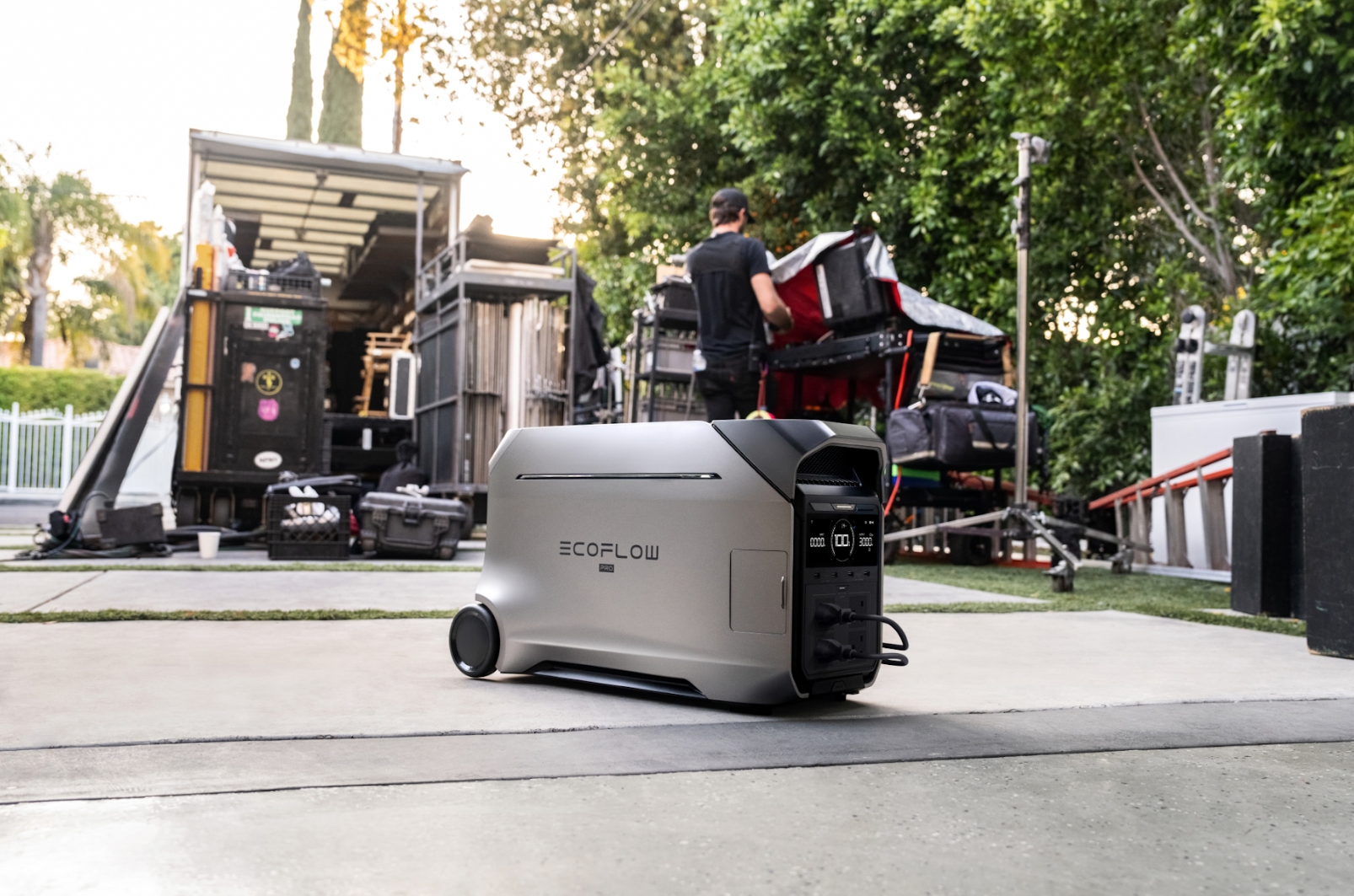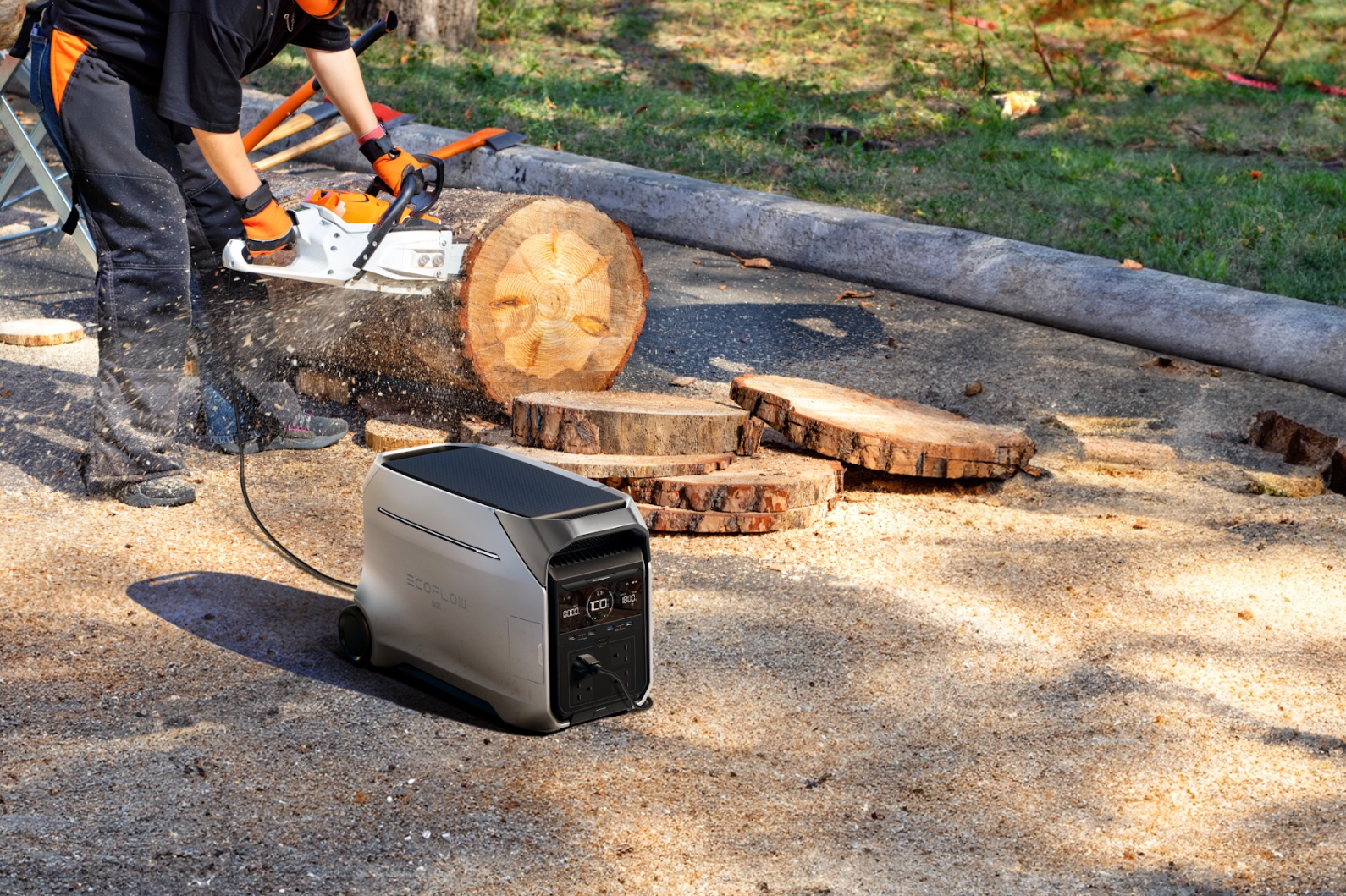Do Radiant Floor Heating Systems Use A Lot of Electricity?
In recent years, radiant floor heating has exploded in popularity among eco-conscious homeowners. But many people are hesitant to make the change because of a frequent worry: electricity consumption. To get a handle on these systems' true power consumption, it's necessary to look at a number of aspects that affect their operational expenses and general efficiency.
Power Consumption of Electric Radiant Floor Heating
How much power does a heated floor use? "How long does it take to get to the beach?"
You strolling or driving a rocket ship? Is the beach nearby or abroad? No way to tell! Insulation and weather are among the many factors.
Unlike most heaters, which blow hot air into one spot like an angry dragon, radiant heat warms the whole floor. The heat then slowly builds, making the whole room feel great from toes to nose.
The Basic Numbers
Between ten and fifteen watts per square foot is the normal active power consumption of an electric radiant floor heating system. Operating a 100-square-foot bathroom at this level would require around 1,000 to 1,500 watts of power. But this number doesn't reveal anything about real energy expenses.
Critical Factors That Determine Your Electricity Bill
Multiple variables work together to influence how much power your radiant floor heating systems will consume each month.
Home Size and Heated Area
Your heating bill will be proportional to the area of your heated space. Obviously, heating a single 150-square-foot bathroom will use less energy than installing radiant floor heating systems across a 2,000-square-foot property.
Think long and hard about how much heat you actually need. Instead of installing a system across the entire house, many homeowners opt to strategically place them in high-traffic areas such as the kitchen, bathrooms, or master bedroom. By focusing on certain areas, we can cut down on power usage overall while keeping you comfortable in the areas that really important.


Insulation Quality Matters More Than You Think
Operating radiant floor heating with poor insulation is like filling a leaky bucket with a little spoon.
Your heater feverishly pumps heat, yet the cold sneaks in through all the cracks. To avoid feeling like a walk-in fridge, the system running 24/7 consumes electricity.
Where Heat Escapes
If your home isn't properly insulated, using radiant heat is like making it wear a fishnet shirt in a snowstorm. If you try to fill a bucket that leaks with a small spoon, you'll fail. Just to get a little heat into the room, your floor heating system has to work very hard, running all the time and running through electricity like crazy. But what does happen? All that expensive heat just blows back out through the windows and cracks in the walls, leaving you cold and your electric bill screaming along with you.
Basement Challenges
Imagine your basement's concrete floor as a big, chilly heat stealer!
The moment your heater starts to create some cozy warmth, that concrete slab just absorbs it and draws it down into the chilly ground. Your heater is working hard to warm up the whole planet, and your power bill is skyrocketing!
Putting insulation under the heater is like adding a cozy little shield. The warmth comes in, but it doesn't quite settle, so it rises up to your feet where it's truly welcome!
The Right System Configuration
Various radiant floor heating systems have various ways of using electricity. Each type of power use is different for cable systems, heating mats, and flexible panels. You can think of it like picking between different coffee makers. They all make coffee, but some are better than others.
The Thermal Mass Advantage
When heating cables are embedded in mortar beds, they create thermal mass—basically, your floor becomes a heat storage unit. The concrete soaks up warmth and releases it gradually, like a battery. This means the system doesn't cycle on and off as frequently, reducing overall power consumption. Pre-made heating mats are easier to install but may not provide the same heat retention benefits.
Floor Material Makes a Difference
More than you might think, the type of flooring you choose affects how well your home heats. Tile and stone are great at moving heat around, so they quickly and effectively warm up rooms. It takes more work to keep the same level of comfort on wood floors, even though they look great. Carpet with lots of padding is really hard to work with because it stops heat movement very well, making your system work harder and use more electricity to make up for it.
Temperature Settings and Operating Hours
Your monthly power bills are directly related to the temperature you set your thermostat to. For every degree that the temperature rises, energy consumption typically rises by three to five percent.
The Degree Difference
If you set the temperature to 68 degrees instead of 72 degrees, you will save a lot of money over time. A controlled thermostat may give you even more power because it lets you lower the temperature when no one is in the room or when people are asleep.
Runtime Realities
Runtime duration depends on both your temperature preferences and your home's heat loss characteristics. A system might run 6 to 8 hours daily in a well-insulated home, while poorly insulated spaces could require 12 to 16 hours of operation to maintain comparable comfort.
Smart Technology Advantages
Smart thermostats learn your schedule and preferences, optimizing heating cycles to minimize electricity usage while ensuring comfort when needed. These devices can reduce overall consumption by 10 to 20 percent compared to basic manual thermostats.
What You'll Actually Pay Each Month
Let's talk money because that's what really matters when your toes are toasty. Your electric bill depends entirely on what your local utility company decides to charge, which frankly varies wildly depending on where you call home. The national average sits around $0.14 per kilowatt-hour, but rates bounce anywhere from $0.10 to $0.30 depending on whether you live somewhere reasonable or somewhere that apparently believes electricity is made of gold.
Single Room Example
Here's the math for heating a 150-square-foot bathroom (because let's be honest, cold bathroom floors are the worst). If your system uses 1,500 watts when it's cranking and runs 8 hours daily, grab your calculator:
1,500 watts × 8 hours × 30 days = 360 kilowatt-hours 360 kWh × $0.14 = $50.40 per month
In other words, you're spending about the same amount of money as two fancy coffee runs a week to never have to deal with that shocking cold tile moment again. Not bad at all.
Real-World Usage Patterns
Your system won't actually be running continuously, though. If the system has good insulation and a clever timer, it will only run for 4 to 6 hours a day. Their ability to be turned on and off autonomously explains this. Alternatively, you might expect a weekly bill of $25 to $38.
Whole-Home Installations
It makes sense that whole-home setups cost more. The monthly cost of heating a 1,500-square-foot home could be anywhere from $180 to $300, based on the climate, the insulation, and how the home is used.


How Your Home's Architecture Affects Energy Usage
Your home's structure makes it harder or easier to heat in certain ways, which has an effect on how much electricity you use.
Open Versus Closed Floor Plans
An open floor plan that is well thought out is a plus. Natural heat movement from the room lowers both the number of heating zones and the amount of power used. Houses with lots of smaller rooms tell a lot of different stories. Individual controls for each room give you more precise control, but if you forget to change them, they can make more energy loss.
Ceiling Height Considerations
How well heat works can also depend on how high the roof is. A vault or cathedral ceiling lets heat rise and escape through the roof, but an 8-foot ceiling keeps heat inside better. To keep a room at a comfortable temperature, air conditioners may need to run for longer amounts of time and use more electricity.
Wall Exposure
Outside walls lose heat faster than inside walls, especially those that face north or are open to the wind. Rooms with a lot of exterior walls tend to use more power than rooms in the middle of the house that have better natural insulation.
Solar Power Storage Solutions for Dramatic Cost Reduction
A great way to lower the power costs of radiant floor heating systems is to store energy in solar batteries. These systems provide power during times when heating needs are the highest by collecting energy from the sun during busy production times.
Modern Battery Technology
Solar batteries for home use cost less now and work better than ever before. A properly sized system stores enough energy to run your radiant heated floors all evening and through the night, right when electricity rates spike and your solar panels sit idle.
Portable power stations with serious capacity give you options. You can use them as backup power or add them to your existing setup. For single rooms like a bathroom or bedroom with radiant heated floors, the DELTA Pro 3 Portable Power Station delivers flexibility with its expandable capacity and high output. This lets you try out solar power without locking yourself into a permanent system right away.
The Perfect Partnership
There is no better match than electric radiant floor heating and solar battery technology. Their combined efforts reduce your energy bills. The real-dollar start-up fees might make you squirm, but the majority of people see a return on their investment within seven to twelve years. Whenever that fateful day of retribution rolls around? Your heating expenditures will drop to practically nothing, freeing up cash for fun activities.
Energy Independence Benefits
Solar battery storage systems also provide energy independence and protection against utility rate increases. As electricity prices rise over time, your locked-in solar production costs remain stable, maximizing savings potential.
When the power goes out, it's important to have a backup battery to keep your comfort level. With the DELTA Portable Power Station, your radiant floor heating will still work even if the power goes out. You can change the battery capacity and the 4,000W output of this heater will keep your floors warm even when winter storms knock out power and your neighbors put out extra blankets. If you get stuck at home during a blackout, you won't get frozen toes, which is very helpful.
System Sizing Considerations
Modern solar batteries for home installations can be scaled to match your specific heating loads and household electricity consumption patterns. Professional energy audits help determine optimal system sizing to maximize return on investment while ensuring adequate power reserves for heating and other electrical needs.
For homeowners starting with partial installations, modular battery solutions allow gradual expansion as heating zones are added. This phased approach spreads costs over time while building toward comprehensive energy independence.


Warmth That Works for Your Wallet
Electric radiant floor heating doesn't have to strain your budget or environmental conscience. Through thoughtful system design, proper insulation, smart controls, and innovative solar battery integration, you can enjoy luxurious warmth while maintaining reasonable electricity consumption. The key lies in understanding your home's unique characteristics and implementing efficiency measures that complement your heating system's operation. With solar battery storage increasingly accessible, homeowners now have powerful tools to dramatically reduce operational costs while embracing clean, renewable energy solutions.